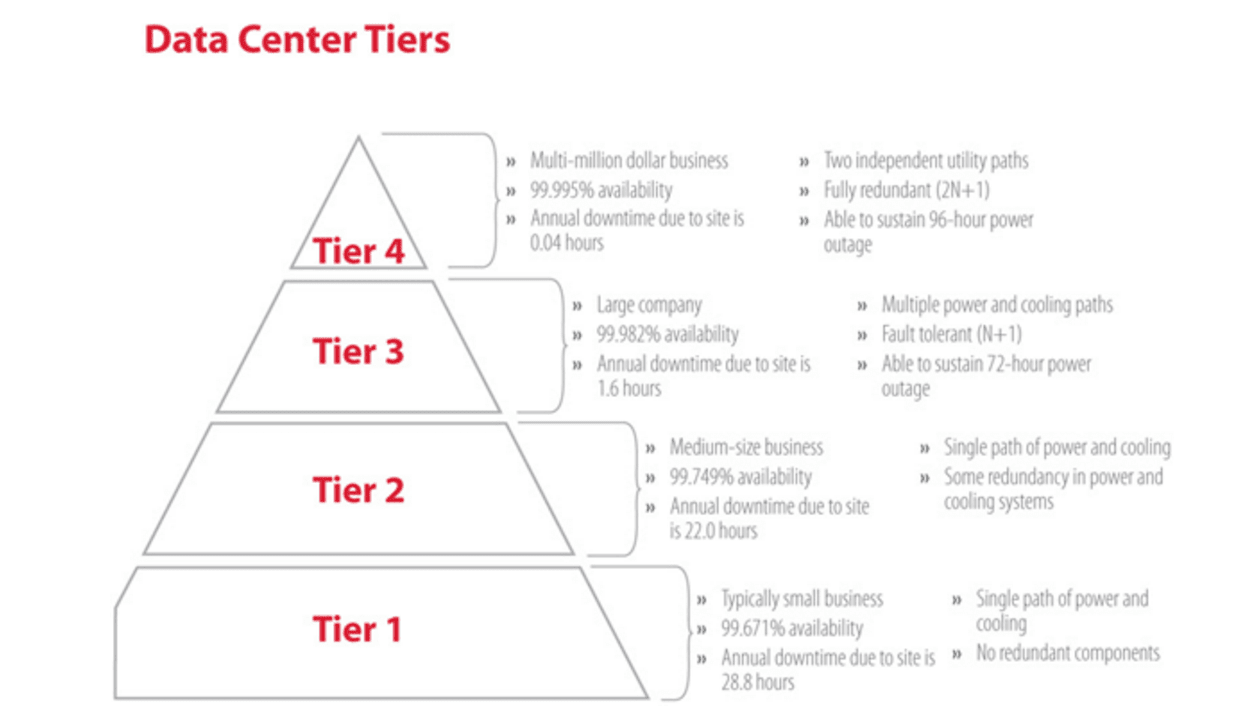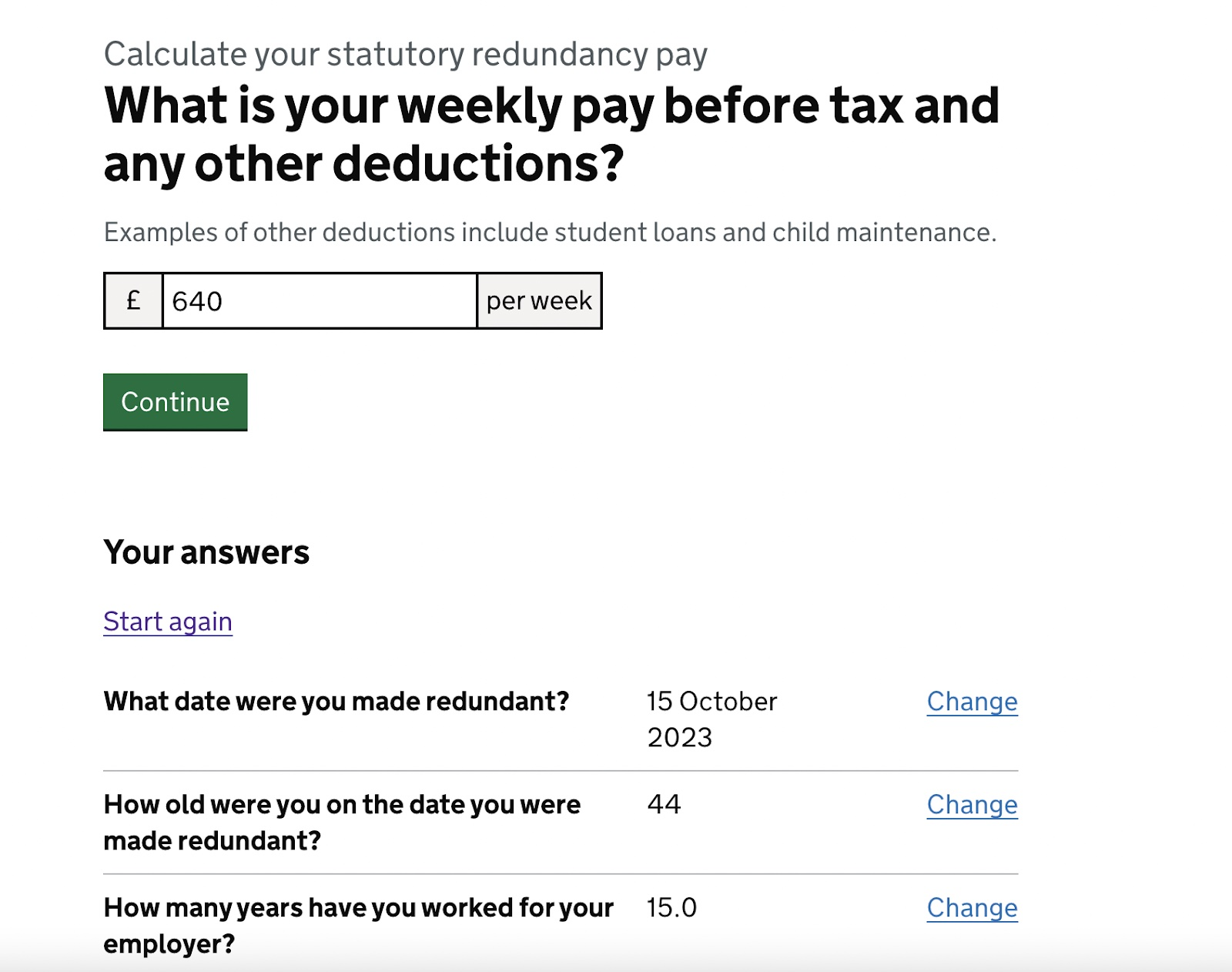If a Company Goes Bust Who Pays Redundancy? Legal Insights for UK Personnel
Examining the Mechanisms of Company Redundancy and Its Impact on Worker Morale
In the affordable landscape these days's corporate globe, the complexities of company redundancy and its effects on the labor force have come to be a centerpiece of rate of interest. The devices behind the decision-making procedures resulting in employee redundancies can have significant effects on spirits within an organization. Comprehending the complex nature of this sensation needs a mindful assessment of different aspects at play. By exploring the intricate interaction between firm downsizing approaches, worker responses, and organizational strength, a clearer photo arises of the elaborate dancing between organization needs and human feelings. As we browse with the intricacies of this topic, it ends up being evident that discovering the underlying dynamics is critical to promoting a much deeper understanding of exactly how redundancy forms the morale of those it influences.

Influence of Business Redundancy on Morale
The substantial rise in business redundancies has had an extensive effect on employee spirits in recent months. As companies navigate economic difficulties, the decision to scale down or restructure operations frequently leads to increased levels of unpredictability and anxiety amongst workers. The fear of shedding one's job, paired with the enhanced work for staying staff, can produce a stressful job environment that moistens spirits.
Workers that witness their colleagues being given up may experience survivor sense of guilt, feeling thankful for their very own position while likewise facing feelings of despair and insecurity. This emotional chaos can adversely impact performance and engagement, as individuals battle to focus in the middle of the upheaval.
Moreover, the lack of openness surrounding the redundancy process can better erode depend on and self-confidence in company management. if a company goes bust who pays redundancy. When staff members feel unenlightened or neglected during such rough times, their commitment to the company decreases, and spirits plummets
Variables Leading to Business Downsizing
Among financial uncertainties, companies commonly encounter the challenging task of determining and resolving key elements that require downsizing their procedures. One substantial factor resulting in business downsizing is financial instability. When a business experiences monetary problems such as declining revenues, increasing costs, or excessive debt, downsizing may become a required step to guarantee the organization's sustainability. Technological developments likewise play a vital duty in business scaling down. Automation and the adoption of a lot more efficient processes can bring about a lowered need for human labor, resulting in workforce reductions. Market changes and modifications in customer preferences are additional aspects that can activate downsizing efforts. Firms need to adapt to evolving market problems to stay competitive, and this sometimes involves restructuring procedures and decreasing workforce dimension. Furthermore, purchases and mergers can bring about redundancies, triggering companies to scale down to get rid of overlapping roles and enhance operations. Overall, a mix of monetary obstacles, technical shifts, market characteristics, and organizational adjustments commonly drive business in the direction of scaling down as a tactical choice.
Strategies for Alleviating Unfavorable Effects
Factors leading to firm downsizing demand the execution of critical procedures intended at reducing the adverse effects on both the organization and its staff members. Clear communication aids staff members understand the factors behind the redundancy, decreases uncertainty, and lowers anxiousness.
One more essential technique is to focus on staff member health during and our website after the scaling down duration. This includes providing accessibility to counseling services, developing a helpful atmosphere for those staying in the organization, and using opportunities for upskilling or retraining to enhance their employability. In addition, rewarding the commitment and identifying and difficult work of employees that remain can help maintain inspiration and stop a decline in spirits. By executing these strategies, firms can browse scaling down with even more concern and alleviate the adverse effect on staff member spirits.
Staff Member Resilience Among Redundancy
Browsing with durations of redundancy, workers are usually needed to show durability despite organizational changes. Staff member durability amidst redundancy refers to the capability of individuals to adapt, cope, and recover from the difficulties postured by possible job loss. This resilience can manifest in various methods, such as keeping a positive perspective, choosing new possibilities, upskilling, and networking to boost employability.
Resilient workers often show a growth attitude, seeing setbacks as momentary and focusing on knowing and advancement. They are positive in managing their emotions, looking for support when needed, and preserving a feeling of optimism concerning the future. In addition, durable workers are most likely to welcome change, see it as a possibility for expert and individual development, and continue to be dedicated to their career development despite the uncertainty produced by redundancy.
Organizations can support worker durability via clear communication, giving accessibility to sources for upskilling and retraining, using profession counseling solutions, and identifying and compensating workers who show strength during difficult times. By fostering a culture of durability, firms can help staff members navigate redundancy better and arise stronger from the experience.
Building a Motivated Labor Force Post-Redundancy
In the consequences of business restructuring and employee strength among redundancy, promoting an inspired labor force ends up being paramount for the firm's future success and worker health. Building an inspired workforce post-redundancy calls for a tactical approach that focuses on reconstructing count on, increasing spirits, and re-engaging workers. Interaction plays a crucial role in this procedure, as clear and open discussion can aid workers understand the factors Get More Info behind the redundancies and the business's vision moving on.
Providing opportunities for staff member development and development is an additional essential facet of building a motivated labor force post-redundancy. Using training programs, mentorship opportunities, and profession advancement prospects can aid staff members feel valued and bought their future within the organization - if a company goes bust who pays redundancy. Acknowledging and awarding employees for their payments, particularly during challenging times, can also increase spirits and motivation

Conclusion
To conclude, firm redundancy can have a substantial influence on worker morale, bring about decreased inspiration and work contentment. Comprehending the aspects that add to downsizing and executing methods to alleviate negative results is critical for keeping worker durability throughout tough times. By promoting a helpful work setting and offering possibilities for expert development, business can rebuild a motivated workforce post-redundancy.
The significant boost in company redundancies has had a profound impact on worker spirits in current months. By implementing these approaches, firms can browse scaling down with even more concern and mitigate the adverse influence on staff member spirits.
In the after-effects of business restructuring and employee strength among redundancy, promoting an inspired labor force comes to see this page be extremely important for the firm's future success and staff member well-being. Interaction plays a pivotal function in this procedure, as transparent and open discussion can help employees recognize the factors behind the redundancies and the company's vision relocating ahead.
In final thought, business redundancy can have a considerable impact on employee spirits, leading to decreased inspiration and job contentment. (if a company goes bust who pays redundancy)